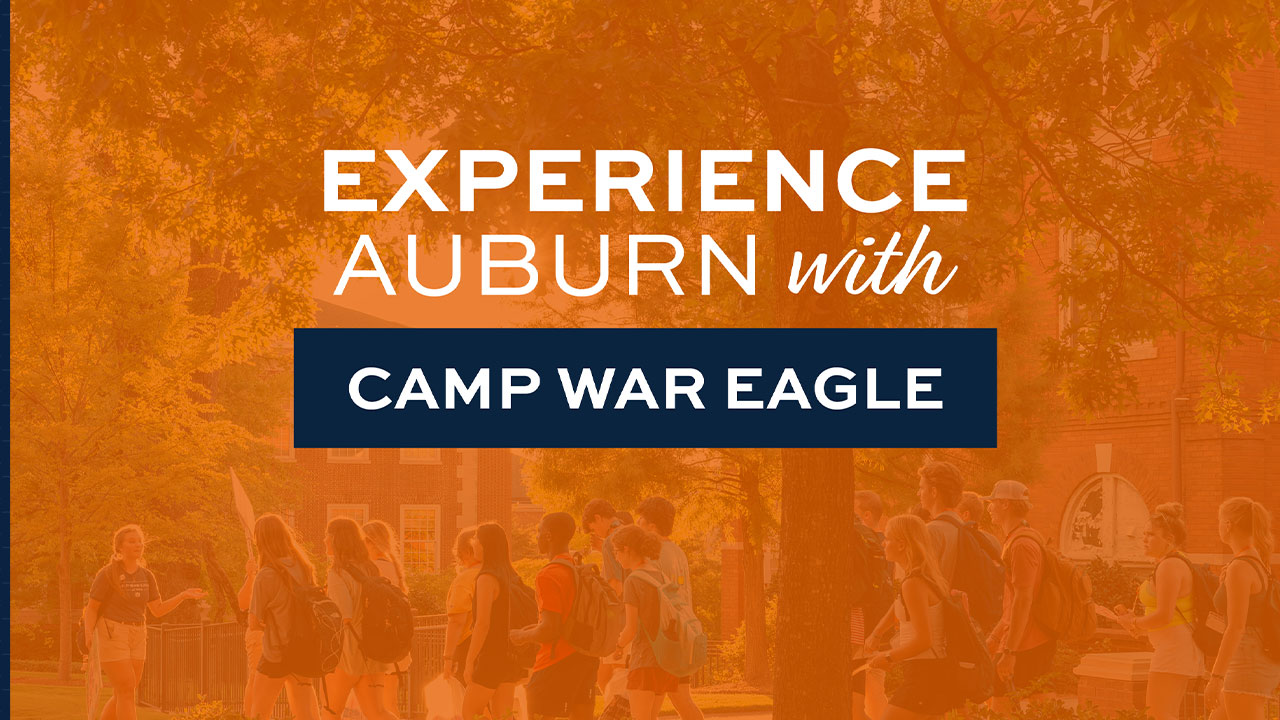content body
Traditions at Auburn — the eagle flight, rolling Toomer's Corner, Tiger Walk, Callouts at Cater and Camp War Eagle — play a significant role for the Auburn Family.
All traditions have historical origins, except for Camp War Eagle.
Camp War Eagle, the primary orientation program for first-year students, began in 1994 at the 4-H camp in Colombiana, Alabama. Initially, 150 in-state students attended, with 15 upperclassmen leaders.
The concept of an orientation camp came from then-President William Muse after he had witnessed ‘Fish Camp’ while serving as vice chancellor at Texas A&M University. The institution has playfully referred to its first-year students as ‘fish’ as they are new to campus life since 1954.
“Camp War Eagle was an attempt to impart to freshmen an understanding of the Auburn spirit,” said Muse in the 1995 Glomerata. “It is important that we cultivate and enhance that unique characteristic of this institution.”
Debbie Shaw Conner, who served as associate director of student activities at the time, told The Plainsman in 1994, that she expected the new tradition would succeed on the Plains.
“Other colleges have developed camps like the one at A&M, but with less success,” she said. “Those schools lacked the sense of tradition that both Auburn and Texas A&M have.”
Many elements of today’s Camp War Eagle resemble the original camp, like the pep rally, which featured the cheerleaders, Aubie and the Auburn University Singers.
Today, the pep rally is basically a rite of passage. From inside Jordan-Hare Stadium, new students have their first opportunity to participate in cheers from the student section.
Since its inception, Camp War Eagle has changed. As the student population has increased over the years, so has the need for additional camp counselors. There are currently 67 counselors, along with seven head counselors, welcoming over 5,000 new students, alongside their parents and families, in 12 sessions from now until July 18.
During the summer, each head counselor will be profiled to showcase their leadership on campus and highlight their contributions to the Auburn Family.









